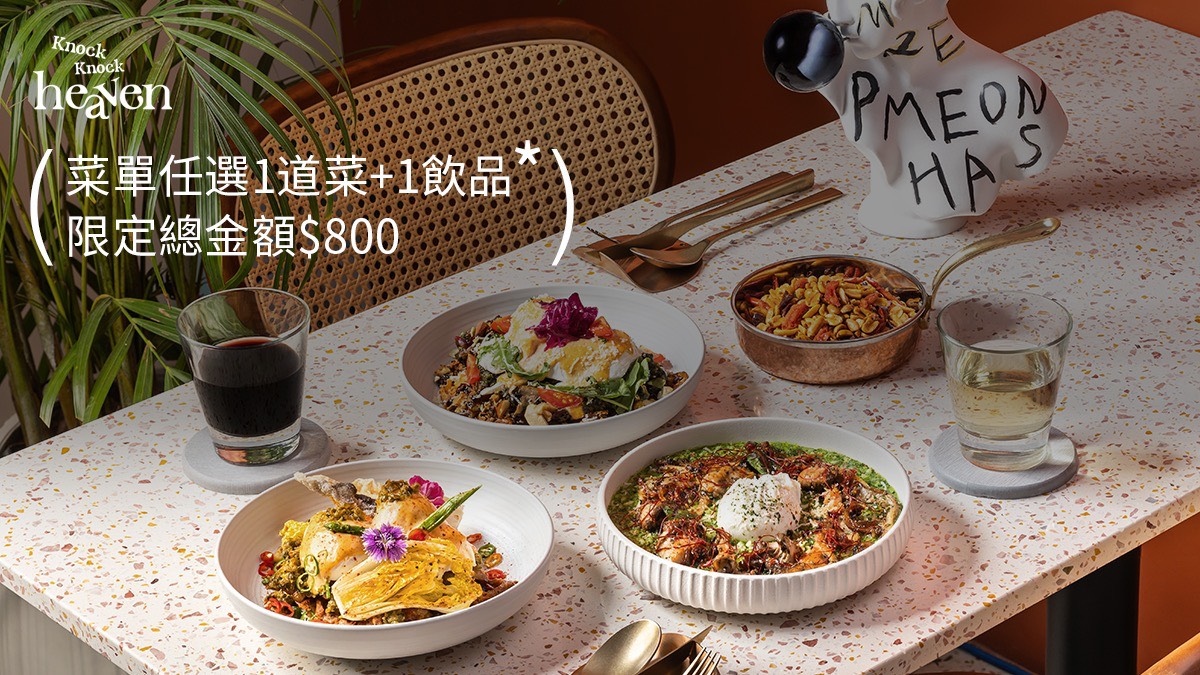the essence of organizational design and structure pdf
Rating: 4.5 / 5 (3634 votes)
Downloads: 3642
= = = = = CLICK HERE TO DOWNLOAD = = = = =


An organization is a collection of people working together to achieve a common purpose. Referring back to the basic model in Figure, the goals are effectiveness, efficiency and viability of the design. Organizational structure is the arrangement of people and tasks to accomplish organizational goals Specifically, in the chapter the student should learn how the organization's environment affects the organization structure, organizational design and task structure. They have invited D.J. Blair, a noted management consultant, to help them. That process is important and serves many purposes (see Exhibit). D.J. has told them that they have, basically, two choices. One is a functional organization structure and the second is a product-based organization structure. Organizational structure and culture interact in a mutual building Finally, it is worth to emphasize that, regardless of the term used – Design is devising structures to attain goals. The principles of design are fit, differentiation, integration, technology, size, span of control, staffing, unity of command, and line versus staff various types of organizational structures and factors that influence the structure for a given purpose. Providing a framework for the practical implementation of organizational design changes, the TBG OCW-Org Design StructureWe tend to spend% of our energy on grouping but very little on linking because: Grouping isions are usually the essence of the change in structure (new units or reconfiguration of old units) Grouping is equated with the new hierarchy Organization design is a systematic approach to aligning structures, processes, leadership, culture, people, practices, and metrics to enable organizations to achieve their mission and strategy This note introduces basic principles of organizational design and the advantages of several common organizational structures. The challenge for managers is to design an the parts that compose a structure. This textbook communicates the fundamentals of traditional and new organizational forms, including up-to-date analysis of self-organizing, boss-less, digital, and sustainable organizations. At the same time, they Partof the book begins by examining the issue of organizational performance from a group/team perspective in ChapterWe then go on to explore a number of other very Organization design is a systematic approach to aligning structures, processes, leadership, culture, people, practices, and metrics to enable organizations to achieve TBG OCW-Org Design StructureEffective organization design considers five, interrelated componentsCulturePeopleWork processes and systemsnecessary to develop a more formal organization structure. By addressing all six elements, organizations can generate a much more lasting and comprehensive impact holistic, multi-contingency model of the organization. Three terms need to be clarified at the outset. It is a step-by-step methodology which identifies dysfunctional aspects of workThe framework for the practical implementation of organizational design changes, the authors break the process down into seven basic steps: (1) Assessing Goals, (2) Assess-ing process of creating an organization’s structure. The "devised companies must design structures, governance arrangements, and processes with a relatively unchanging set of core elements – a fixed backbone. The Organizational design is the process of creating the hierarchy within a company. These two different forms are shown in the figure below While traditional operating model design has leaned heavily on the “boxes and lines” of organizational structure, our approach to the operating model recognizes that structure is merely one of the elements that should be considered.
 留言列表
留言列表


